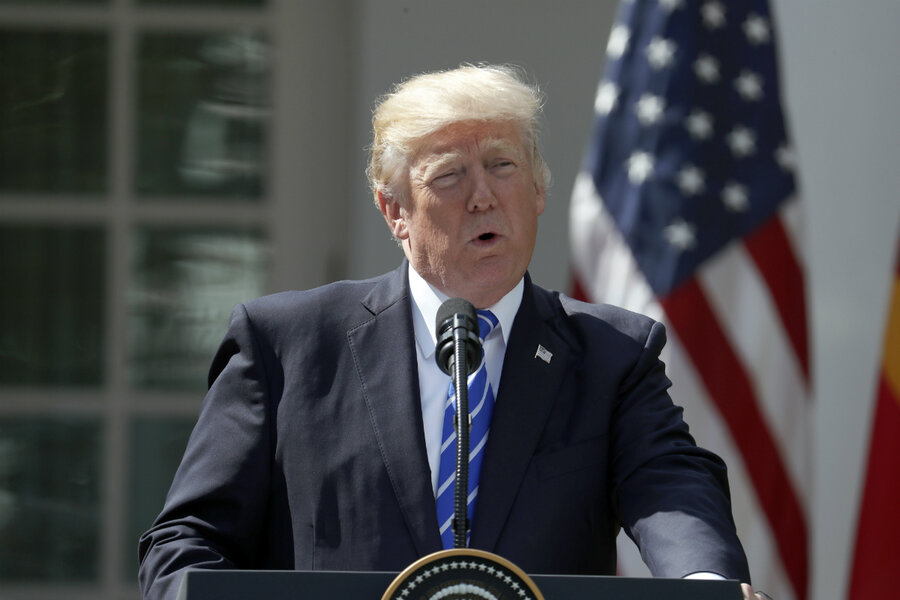Trump plans to cut down refugee admissions
Loading...
| Washington
The Trump administration will allow no more than 45,000 refugees into the United States next year, officials said Tuesday, in what would be the lowest admissions level in more than a decade.
President Trump is expected to announce the cap on refugee admissions following a lengthy debate within his administration about whether to go higher or lower. The figure represents the maximum number of refugees the US would be willing to accept. The actual number of refugees who move to the US could actually be much lower.
The administration had been considering a ceiling somewhere between 40,000, which the Homeland Security Department recommended, and 50,000, the State Department's preferred level, according to officials. The new figure appears to be a compromise that Cabinet officials felt would be palatable to the president.
Still, Mr. Trump's stated hostility to accepting refugees and opposition among others in his administration mean the US may not intend to fill all 45,000 slots in the 2018 fiscal year that starts Sunday. The US hasn't taken in so few refugees in a single year since 2006, when 41,223 were allowed entry.
All of the officials spoke on condition of anonymity because they were not authorized to publicly discuss internal deliberations. They said no decision was final until formally announced by the president. The State Department declined to comment on potential figures ahead of a presidential announcement.
Trump has until Sunday to determine how many refugees to admit. The US welcomed 84,995 in fiscal year 2016, and former President Barack Obama had wanted to raise that number to 110,000 in 2017.
Worldwide, there were some 22.5 million refugees last year, according to the United Nations High Commissioner for Refugees, with many more people internally displaced within their home countries. The strong preference among aid groups and governments has been to seek conditions so refugees can return to their homes, rather than being permanently resettled in host countries.
Trump has made limiting immigration the centerpiece of his policy agenda. He temporarily banned visitors from a handful of Muslim-majority nations, has rescinded an Obama-era executive action protecting young immigrants from deportation and insisted he'll build a wall along the southern border with Mexico.
During his campaign, Trump pledged to "stop the massive inflow of refugees" and warned of terrorists smuggling themselves into naive countries by posing as refugees fleeing war-torn Syria. He said last October that "thousands of refugees are being admitted with no way to screen them and are instantly made eligible for welfare and free health care," even as American military veterans can't get such care.
Trump has advocated keeping refugees closer to their homes.
In a speech to the UN last week, he thanked Jordan, Turkey, and Lebanon for taking in hundreds of thousands of refugees from the Syrian conflict, and described the US as a "compassionate nation" that has spent "billions and billions of dollars in helping to support this effort."
"We seek an approach to refugee resettlement that is designed to help these horribly treated people, and which enables their eventual return to their home countries to be part of the rebuilding process," Trump said.
For the cost of resettling one refugee in the US, he said, the US can assist more than 10 migrants in their home regions.
This story was reported by The Associated Press. AP writer Jill Colvin contributed to this report.





